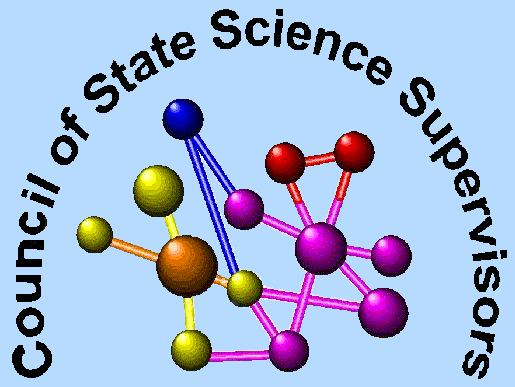|
Leveraging American Rescue Plan Funds to Support Science Education
Introduction to ARP ESSER Funds
COVID-19 closures have affected students across the United States in ways that may not be fully understood for decades. As a result, Congress has made emergency funds available through theAmerican Rescue Plan Act Elementary and Secondary School Emergency Relief (ARP ESSER) Fund. Allowable uses of the funds are outlined in the Appendix.
How ESSER can support Science and STEM can Support ARP
According to the Framework for K-12 Science Education, providing ongoing interaction with practices, crosscutting concepts, and progressing complexity of disciplinary core ideas gives students the opportunity to grow with their understanding and application of scientific thought and reasoning. Given this approach, “learning loss” due to a year of COVID interruption is not the immediate concern for science, as students will have further interaction with core ideas at a greater depth in later years. Teaching K-12 Science and Engineering During a Crisis suggests instead to manage and modify the scope of the curriculum through organizing instruction to focus on the most conceptually meaningful work, building toward multiple learning goals simultaneously, coordinating learning within and between grade levels, connecting to students, homes, and communities, and integrating elementary instruction.
Available funds can be leveraged to engage students in developing understandings of phenomena and solving problems in ways that equitably attend to student needs and honor the unique set of skills and understandings that students bring with them.
How To Use This Document
The following chapters of Teaching K-12 Science and Engineering During a Crisis provide an organizational structure for the guide. The document is organized by the following themes:
- Prioritizing Relationships and Equity
- Adjusting Instruction in Changing Environments
- Managing and Modifying the Scope of Content and Curriculum
- Monitoring Learning for Continuous Improvement
- Supporting Collaborations and Leveraging Partnerships
 Council of State Science Supervisors
Council of State Science Supervisors